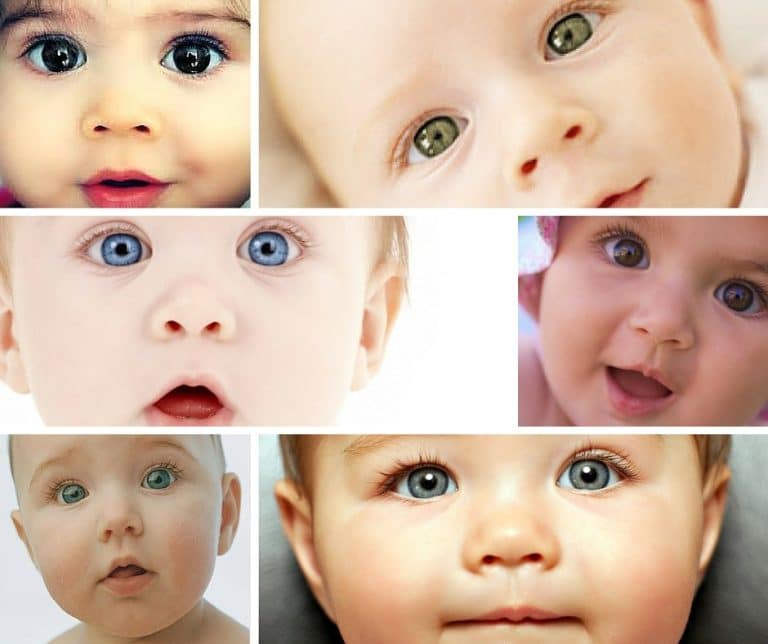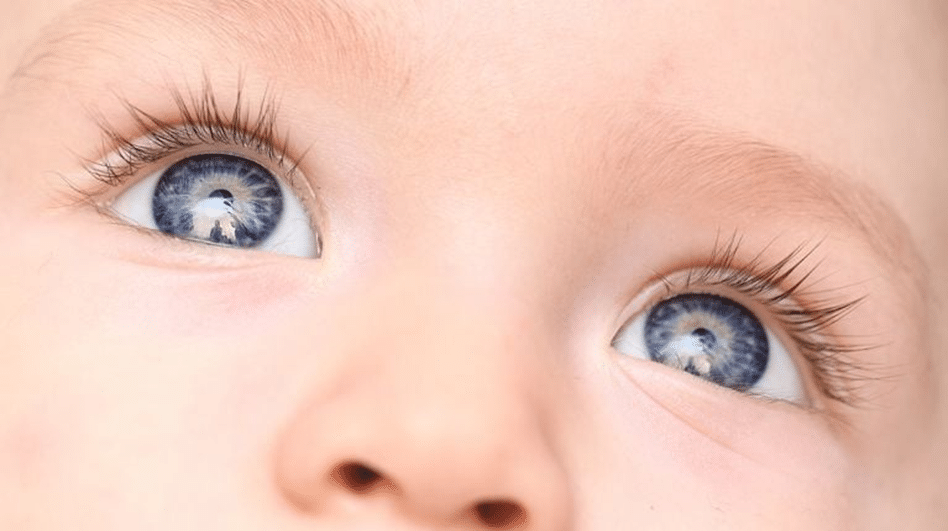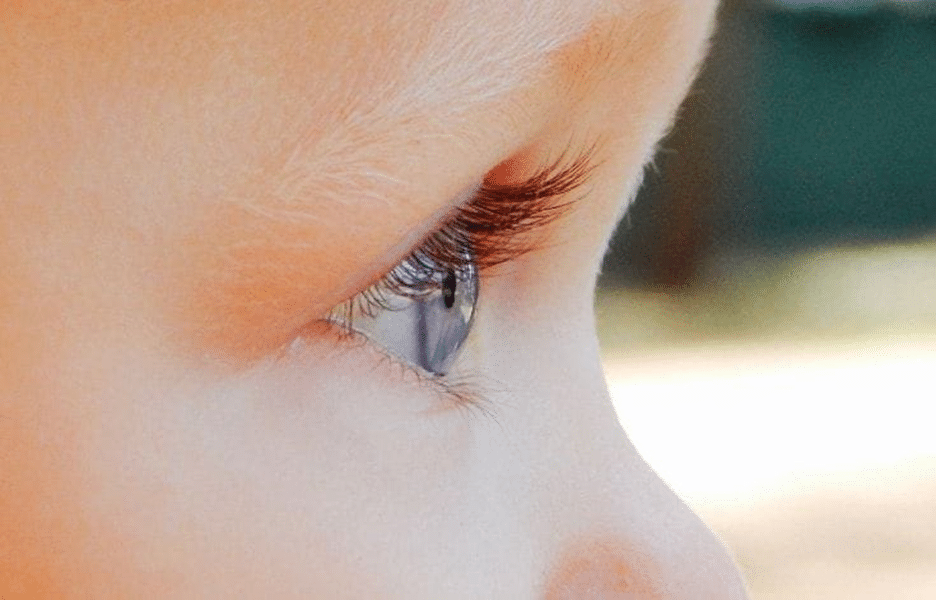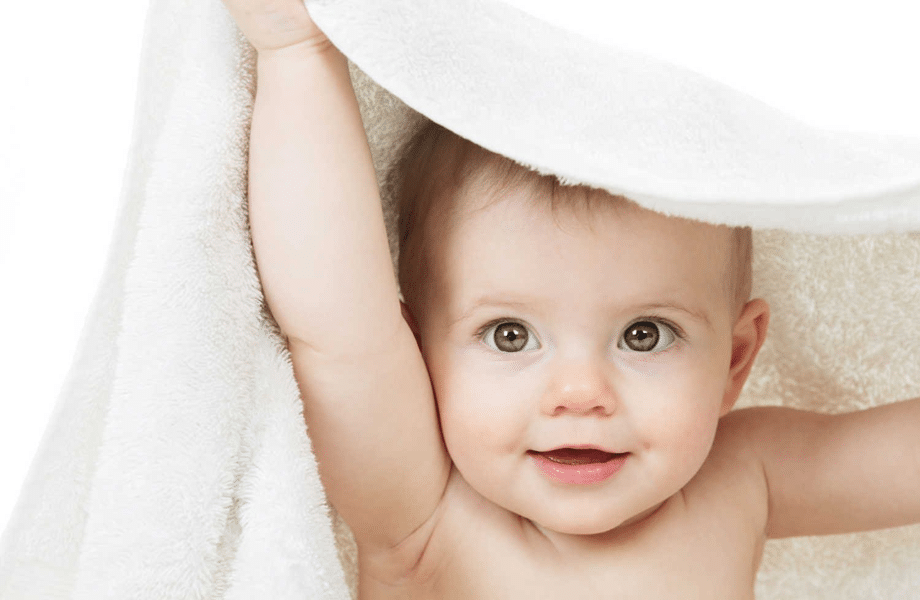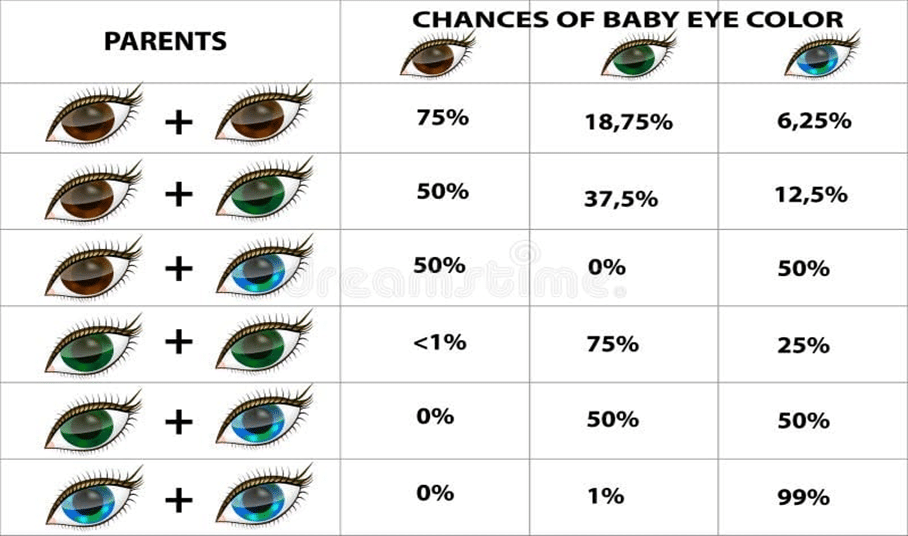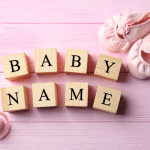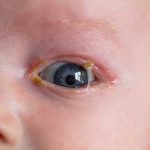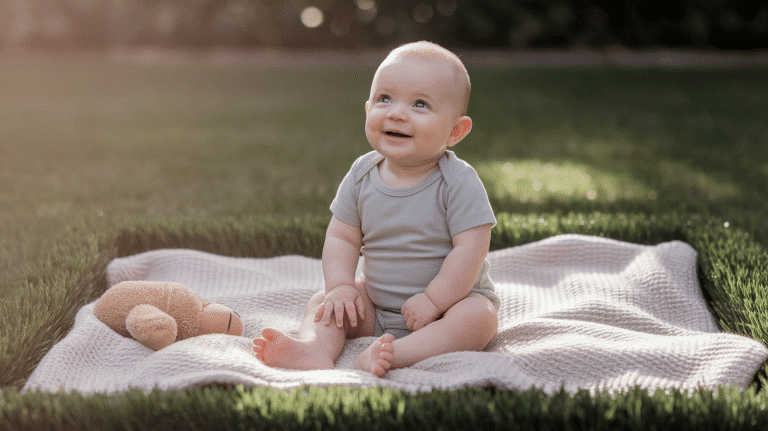Experiencing parenthood is a memorable journey. And make you learn about many interesting things you have never known.
For instance, if you are expecting a baby or just gave birth, you might be curious to know what eye color they will have- yours or your partner’s.
While earlier, you had to keep it on time and wait to see what eye color your baby got, you can now check it with baby eye-color predictors.
Today, many people rely on newborn eye-color predictor tools to know about their newborns’ eye color. You might wonder whether these online tools and apps can tell what eye color your baby will have.
So, keep reading to learn more about these online newborn eye-color predictors.
Here, we will discuss everything about these tools and how they work.
How Do Babies’ Eye Colors Develop?
The color of the eye ( or Irish) is a combination of pigments on the Irish layer called stroma. There are only three types of pigments exist-
- Melanin: Melanin is a yellow-brown pigment responsible for skin color.
- Pheomelanin: Pheomelanin is a red-orange pigment responsible for red hair and is mostly found in people with hazel and green eyes.
- Eumelanin: Lastly, Eumelanin is a black-brown pigment responsible for the intensity of the color and is mostly available in dark people.
What is A Baby Eye Color Predictor or Calculator?
Nowadays, baby eye-color predictors or calculators are widely popular across the globe. You can find various eye-color calculators or predictors online that offer free eye-color prediction.
Technically, a baby eye-color calculator or predictor in an online tool helps parents know what eye color their child may develop.
These online eye-color predictor tools take the parent’s eye-color input to predict what eye color their child may develop through color-gene analysis.
Are Online Baby Eye Color Predictors Accurate?
Like any other online tool, the baby eye-color predictor is only a software tool that does not guarantee complete accuracy. Also, genetics plays a crucial role in determining the eye color of a baby, which is a more complex matter.
Also, most eye-color predictors are limited to analyzing the dominant three colors, not the variants like hazel or shades of brown.
How Online Baby Eye Color Predictors Work?
Most online baby eye-color predictor tools are simple and can be used by anyone.
Here is how it works or how you can use it:
- Visit an online eye-color predictor of your choice and go to the prediction or eye-color calculator page.
- Now, select the eye color of the mother.
- Then, select the eye color of the father.
- Click on predict or calculate eye color, and the results will appear on your page within a few seconds.
- In most eye-color predictor tools, you will get three color predictions with the chances of their matching with the actual eye color of your baby.
What Determines the Eye Color of A Baby?
More than one factor contributes to determining the eye color of a baby. Here, we will discuss these factors in detail:
1. Homozygous And Heterozygous
Homozygous and heterozygous are both terms of biology that help to refer to the allele pairs. When a child has two matching alleles of either XX or yy if your child has the alleles of two small letters, they will have recessive alleles, and if they have two capital letters, then they will have dominant alleles.
On the other hand, kids will have two different copies of the same alleles; they are heterozygous. The heterozygous child is prone to develop non-identical chromosomes such as Xy.
But kids with homozygous genes have higher chances of obtaining the eye color of two matching alleles, which can be either yy or XX.
2. Dominant Alleles Eye Color
It is believed that people with brown and green eyes have dominant genes. So, if you or your partner have a dominant allele eye color, then there is a high chance that the newborn will also acquire the dominant eye color.
However, there are still chances that the newborn may get the recessive allele eye color. And that is why predicting eye color with 100% accuracy is impossible.
3. Recessive Alleles Eye Color
Blue eye color is considered a recessive allele gene, and only when the mother and father have this eye color, the child has a higher chance of having the same color. Parents with brown eyes have extremely low chances of having a baby with blue eyes.
On the other hand, if one parent has blue eyes and the other has green eyes, the child still has a higher chance of getting the dominant eye-color alleles, i.e., green eyes.
4. Genotype
Genotype is a term that refers to an individual’s possession of an allele of a specific gene or genetic location. In other words, the genotype is a combination of genes to develop specific traits like eye color, skin color, or hair color.
5. Phenotype
Phenotype is a term used to describe an individual’s observable trait from the outside. In other words, phenotype refers to the individual’s appearance, such as height, hair color, existing or non-existing illness, and more.
Baby’s Eye Color Chart
A baby’s eye color can be predicted by analyzing phenotype or allele variants.
Here is an eye-color combination and prediction by phenotype:
| Parents’ Eye Color | Green | Brown | Blue |
| Green+Green | 75% | 0% | 25% |
| Brown+Brown | 18.75% | 75% | 6.25% |
| Green+Brown | 37.5% | 50% | 12.5% |
| Green+Blue | 50% | 0% | 50% |
| Brown+Blue | 25% | 50% | 25% |
| Blue+Blue | 0% | 0% | 100% |
Here is a list of eye-color combinations by allele variants:
| Parents’ Eye Color | Green | Brown | Blue |
| Green+Green | 93.75% | 0% | 6.25% |
| Brown+Brown | 8.33% | 88.89% | 2.78% |
| Green+Brown | 25% | 66.67% | 8.33% |
| Green+Blue | 75% | 0% | 25% |
| Brown+Blue | 16.67% | 66.67% | 16.67% |
| Blue+Blue | 0% | 0% | 100% |
Conclusion
When you have a baby, many things make you curious about your baby. And one among them is wondering what eye color your newborn will acquire.
Babies get their eye color and other traits from their parents through genes. The online baby eye-color calculator/predictor tools and apps utilize these gene combinations to predict a baby’s eye color.
Above, we have discussed how online eye-color predictor tools can predict a baby’s eye color in detail.
Do you find this helpful? Then, let us know in the comment section below.

